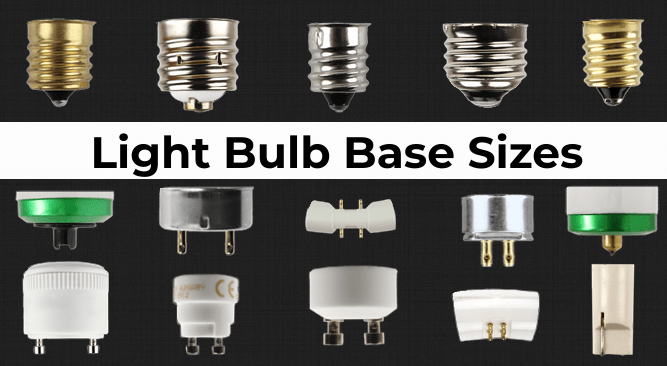

See chart:Īnother fact to keep in mind is the dimming capabilities of those LED bulbs. This is measured by a Kelvin scale where lower numbers means yellow candle light and higher numbers means blue daylight. Unlike incandescent bulbs, with LED bulbs you have the option to choose the color temperature of the light. Now let's look at the light color or what is known as the color temperature: To replace a 25W bulb, choose a bulb with about 200 lumens.To replace a 40W bulb, choose a bulb with about 450 lumens.To replace a 60W bulb, choose a bulb with about 800 lumens.To replace a 75W bulb, choose a bulb with about 1100 lumens.For example a 5 watt LED bulb may be labeled as a 60 watt equivalent.Īnd if they don't state the wattage equivalent, here is a quick lumen guide list: To make this transition easier many manufactures will list wattage equivalent on the bulbs specs. We have to look at lumens to know how much light the bulb will give out. Until LED bulbs came we were looking at wattage to know how much light the bulb will give out. When choosing an LED bulb it’s important to understand lumens (light output). The following chart references the diameter of the light bulb The intermediate E17 base is not very common. The Candelabra E12 base is the second most common bulb base which is used for smaller decorative incandescent/nostalgic bulbs. It is used in most incandescent, nostalgic, LED, CFL and halogen light bulbs. The most common bulb base in the US is the screw medium E26 base.


 0 kommentar(er)
0 kommentar(er)
